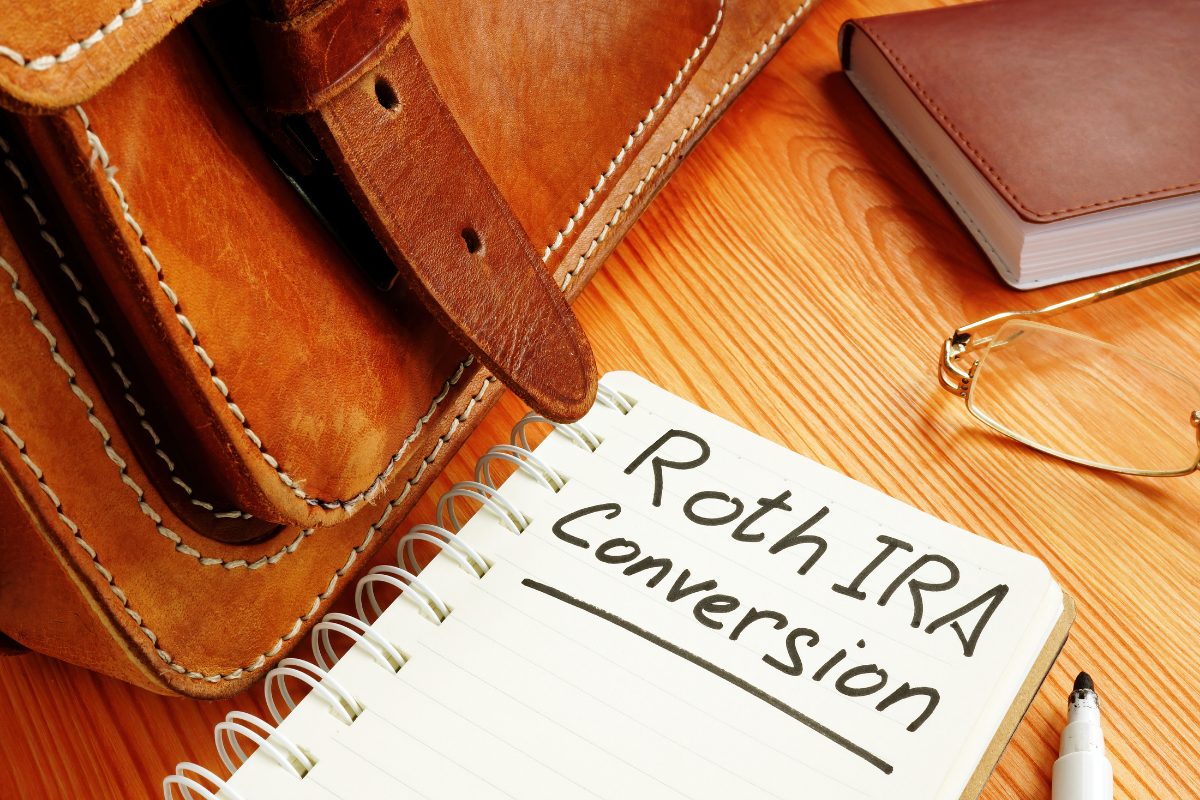All retirement account types offer unique tax benefits. Traditional IRAs alleviate your financial burden in the near term by allowing tax-deferred contributions, while Roth IRA distributions can be 100% tax free if qualified. Perhaps you’ve already built an impressive Traditional IRA but want the additional tax advantages of a Roth IRA. Fortunately, you won’t have to open a new account and start over if this is your desired path. You may instead adjust your existing pre-tax holdings to a post-tax status by executing a Roth conversion. There are no limitations to the size and scope of allowable conversion activities at this time. You may therefore combine multiple Traditional IRAs at any value into a single Roth IRA. You may also convert your assets in kind, meaning you wouldn’t have to liquidate your holdings before making the switch.
Ready to initiate a Roth conversion? Click here to complete and submit our Traditional to Roth Conversion Form.
Because Traditional IRA contributions and earnings are tax deferred, any cash or assets would be added to the plan holder’s income in the conversion year and taxed in a similar manner as a pre-tax distribution (although no early distribution penalties would apply for conversions that take place before reaching age 59 1/2). Any future distributions from the Roth account will be tax free if qualified. Once the process is complete, you may enjoy your account as if it were a Roth IRA all along.
We encourage you to consider all possible factors before executing a Traditional to Roth conversion. For more information about your full spectrum of options afforded through self-directed investing, please don’t hesitate to give us a call at 877-742-1270 or send us a message through the Client Portal.


 Back to Blog
Back to Blog

